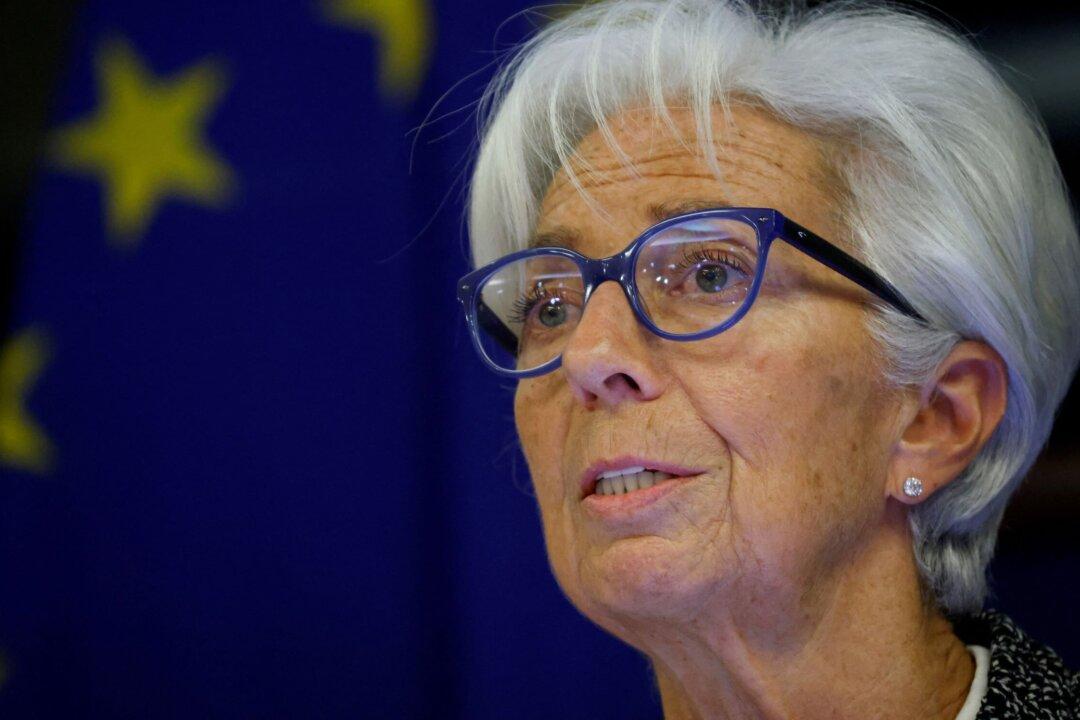The European Central Bank raised interest rates for the fifth consecutive time at its first meeting this year.
The hawkish move in Europe is in contrast to the U.S. Federal Reserve, which slowed down its benchmark policy rate increase on Feb. 1, with a quarter-point hike.
Central bank policymakers in Frankfurt vowed to continuing hiking policy rates by another 50 basis points on Feb. 2, with a similar increase for March, while some of their peers slowed down their pace worldwide.
As inflation increased across the eurozone, the ECB rapidly raised its benchmark rate to 3 percent over the last seven months, as it was one of the last major central banks to act on the crisis last year.The Fed’s federal funds rate after yesterday’s meeting is in the range of 4.50–4.75 percent.





